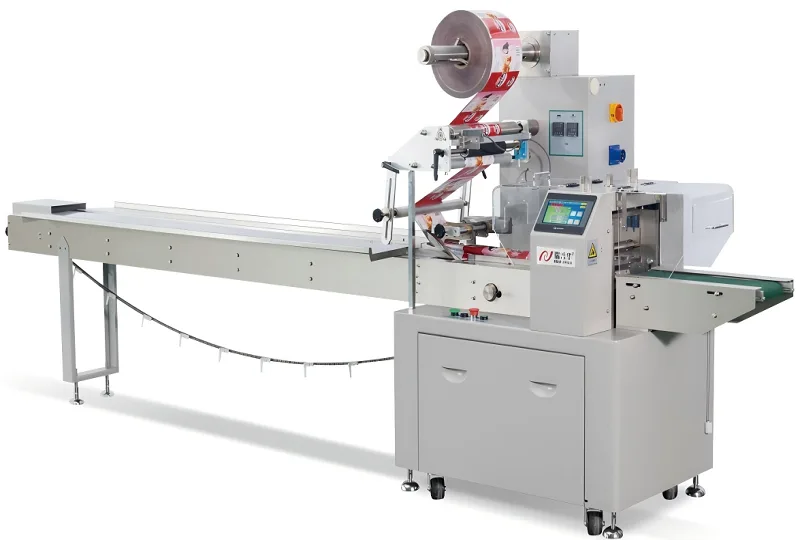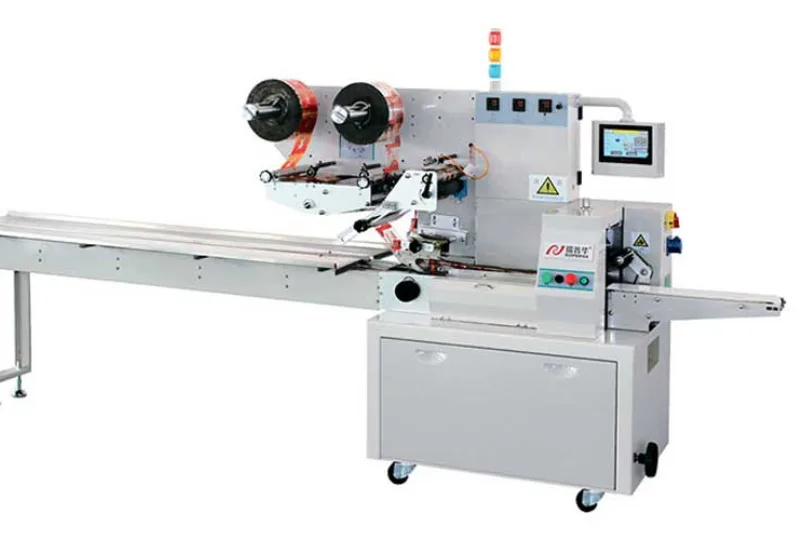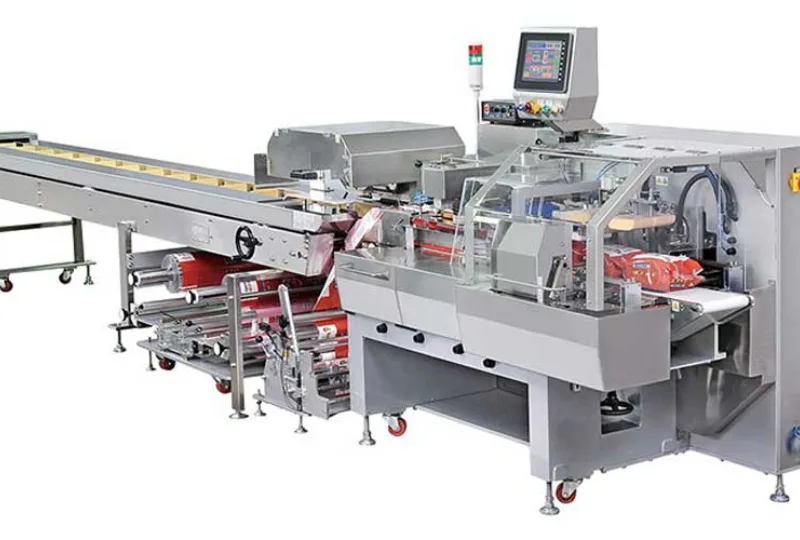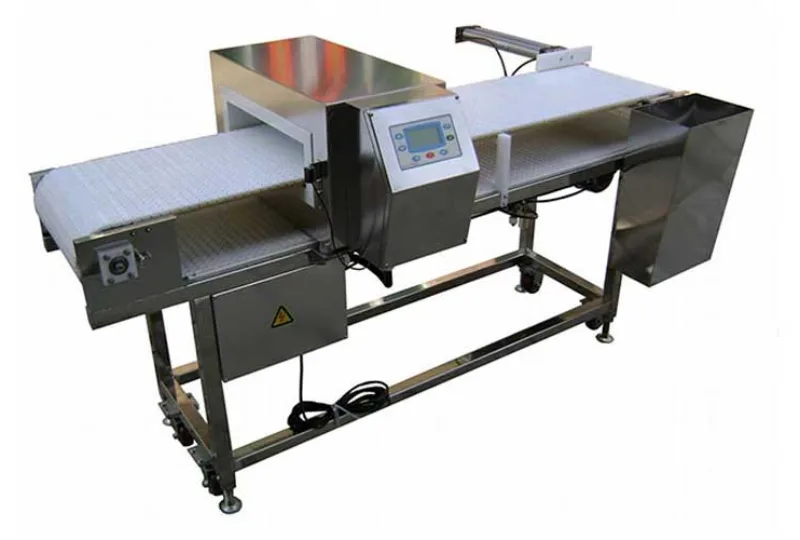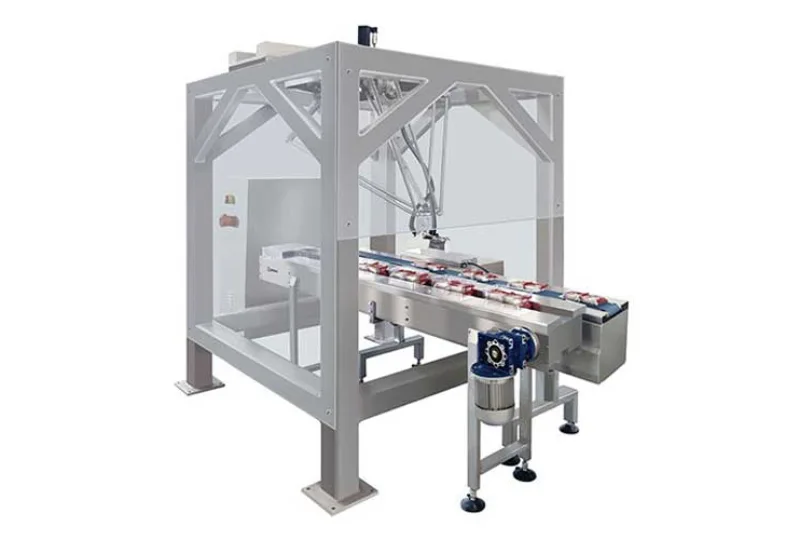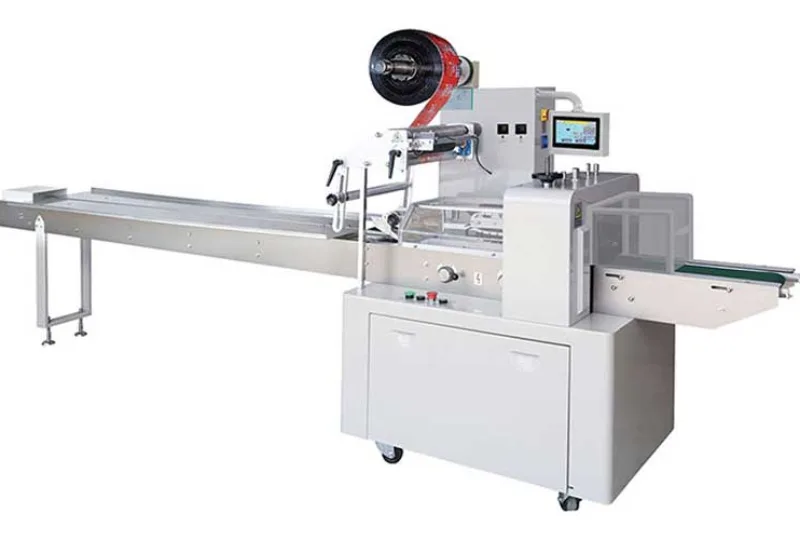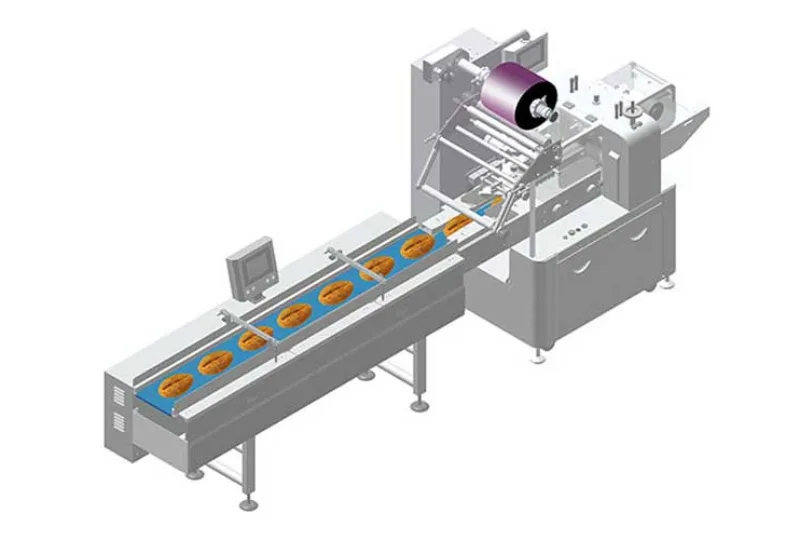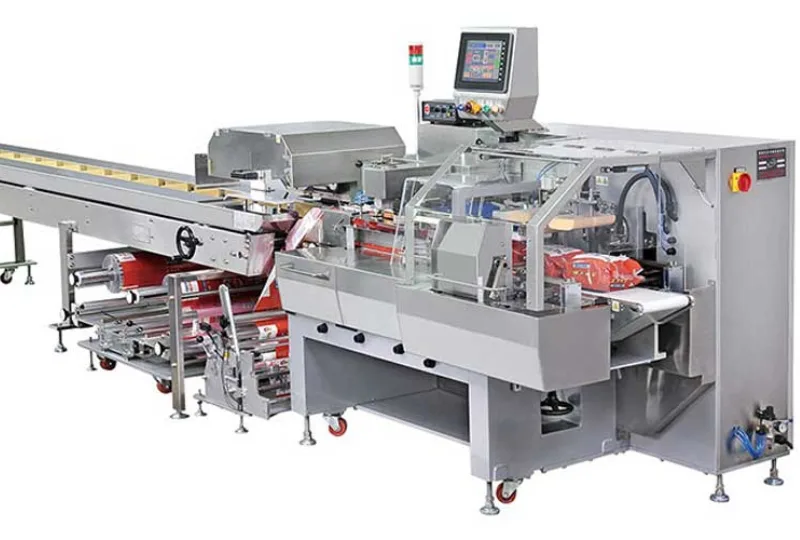The Environmental Impact of Modern Dry Fruits Packaging Machines
Dry fruits, such as almonds, walnuts, and raisins, are a delicious and nutritious snack that can be enjoyed by people of all ages. However, the packaging of these fruits can have a significant environmental impact. Traditional dry fruit packaging materials, such as plastic bags and cardboard boxes, are not biodegradable and can end up in landfills for centuries.
The Role of Plastic in Dry Fruit Packaging
Plastic is one of the most commonly used materials in dry fruit packaging. It is lightweight, durable, and inexpensive, which makes it an ideal material for packaging food products. However, plastic is also a major environmental pollutant. It can take hundreds of years for plastic to decompose, and it can release harmful chemicals into the environment.
The production of plastic also has a significant environmental impact. It requires the use of fossil fuels, which release greenhouse gases into the atmosphere. Greenhouse gases contribute to climate change, which can have a devastating impact on the environment.
The Role of Cardboard in Dry Fruit Packaging
Cardboard is another commonly used material in dry fruit packaging. It is made from paper, which is a renewable resource. However, the production of cardboard also has an environmental impact. It requires the use of trees, which can take years to grow.
The Role of Metal in Dry Fruit Packaging
Metal is sometimes used in dry fruit packaging, especially for larger packages. Metal is a durable material that can protect the contents of the package from damage. However, metal is also a major environmental pollutant. It can take hundreds of years for metal to decompose, and it can release harmful chemicals into the environment.
The Environmental Impact of Dry Fruit Packaging Waste
Dry fruit packaging waste is a major problem. In the United States, millions of tons of dry fruit packaging waste are produced each year. This waste ends up in landfills, where it can take hundreds of years to decompose. Dry fruit packaging waste can also release harmful chemicals into the environment.
How to Reduce the Environmental Impact of Dry Fruit Packaging
There are several things that can be done to reduce the environmental impact of dry fruit packaging.
Choose dry fruits that are packaged in sustainable materials. There are several companies that offer dry fruits that are packaged in biodegradable or recyclable materials.
Buy dry fruits in bulk. Buying dry fruits in bulk can help to reduce the amount of packaging waste that you produce.
Reuse dry fruit packaging. Dry fruit packaging can be reused in a variety of ways, such as storing other food items or using it as a gift wrap.
Recycle dry fruit packaging. Dry fruit packaging can be recycled in most communities. Check with your local recycling program to see what types of dry fruit packaging are accepted.
By taking these steps, you can help to reduce the environmental impact of dry fruit packaging.
-
01
Automatic Tray Loading and Packaging Equipment: Boost Efficiency to 160 Bags/Minute
21-11-2025 -
02
Automatic Soap Packaging Machine: Boost Productivity with 99% Qualification Rate
21-11-2025 -
03
A Deep Dive into Automatic Toast Processing and Packaging System
18-11-2025 -
04
The Future of Bakery Production: Automated Toast Processing and Packaging System
18-11-2025 -
05
Reliable Food Packaging Solutions with China Bread, Candy, and Biscuit Machines
11-10-2025 -
06
High-Performance Automated Food Packaging Equipment for Modern Production
11-10-2025 -
07
Reliable Pillow Packing Machines for Efficient Packaging Operations
11-10-2025 -
08
Advanced Fully Automatic Packaging Solutions for Efficient Production
11-10-2025 -
09
Efficient Automatic Food Packaging Solutions for Modern Production
11-10-2025 -
10
Advanced Automatic Packaging Equipment for Efficient Production
11-10-2025






